Why is it taking so long for motorsport to embrace women racers?
The truth is, until recently you were more likely to see a woman standing on the starting grid in a swimsuit than you were to see one in a racing car, things are changing but slowly, writes Mick O’Hare

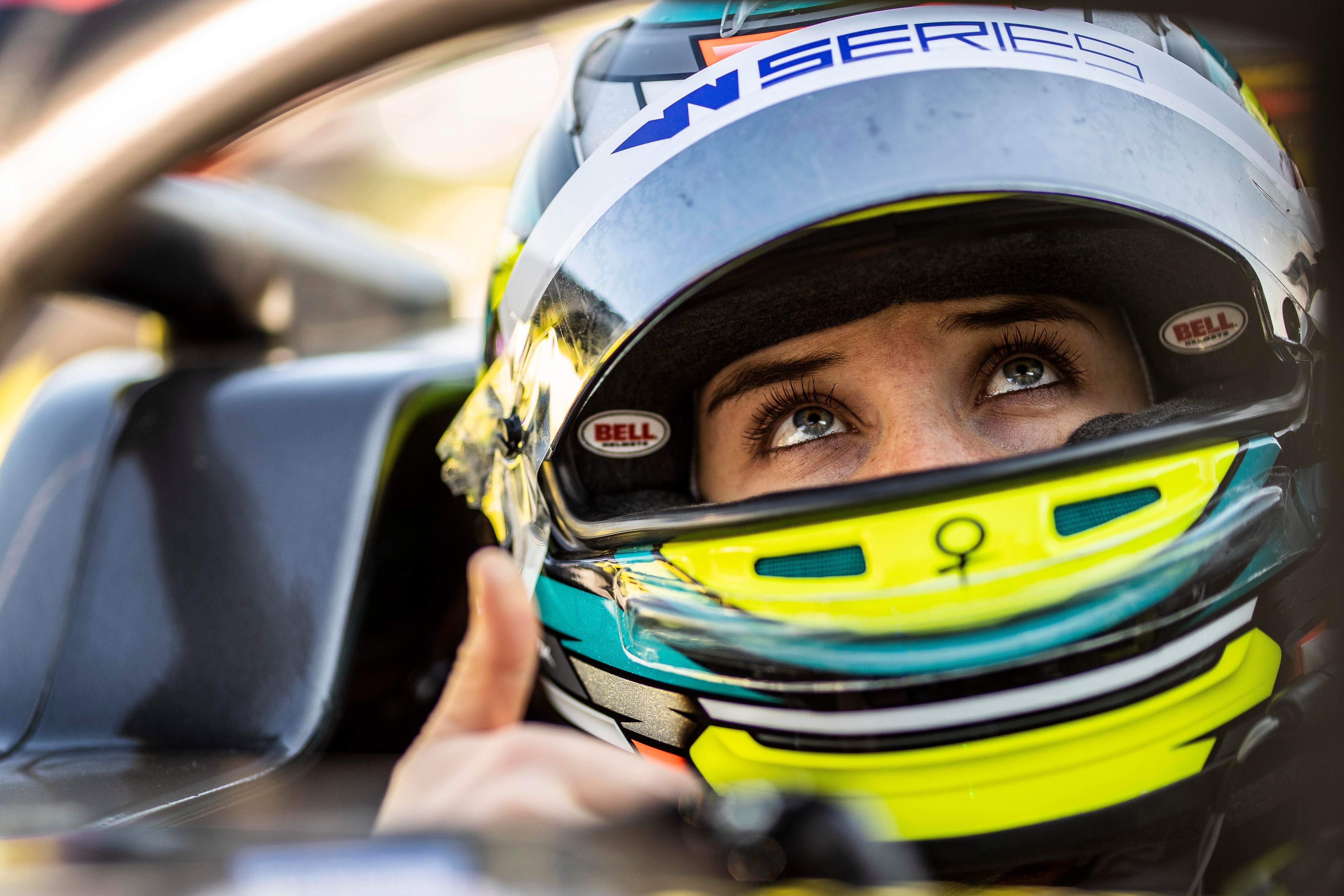
When Italian Lella Lombardi brought her Brabham BT44B home in 12th place at the 1976 Austrian Grand Prix she became the last woman to compete in a Formula 1 World Championship race. The championship started its 72nd season on 28 March yet of the 767 drivers who have started a Grand Prix only two of them are women. It’s an astounding statistic. Astounding and embarrassing.
And it’s not just Formula 1; motorsport per se seems to have a problem with female participants. World Championship Rallying and IndyCar racing – North America’s semi-equivalent of Formula 1 – have fared slightly better. Both have seen a single female victor at the highest level, but when you consider that all three championships have been running for decades it’s a paltry return.
Elsewhere it’s a mixed, but not plentiful, bag. A more encouraging statistic perhaps is that 61 women have started the prestigious Le Mans 24 Hour Race (among thousands of men). Yet even a more modern racing series such as the all-electric Formula E has seen only three women start a race. The truth is, until recently you were more likely to see a woman standing on the starting grid in a swimsuit than you were to see one in a racing car. Only five years ago ex-Formula 1 supremo Bernie Ecclestone was still saying women could not be taken seriously in Grand Prix racing.
So with such an antediluvian attitude on show one can only presume that Ecclestone would have been taken aback by November’s announcement that Formula 1 races will be supported this year by the W Series – a single-seater championship for female drivers only. W Series organisers argue that the only way for women to progress in motorsport is for them to have a shop window, and they believe there is none better than the lofty world of a Formula 1 Grand Prix weekend. Once team principals see women have talent to match the men, then more will be signed up to race in series like Formula 1. It’s quite a coup, according to some. W Series CEO Catherine Bond Muir said: “Our global reach, impact and influence will be increased significantly.”
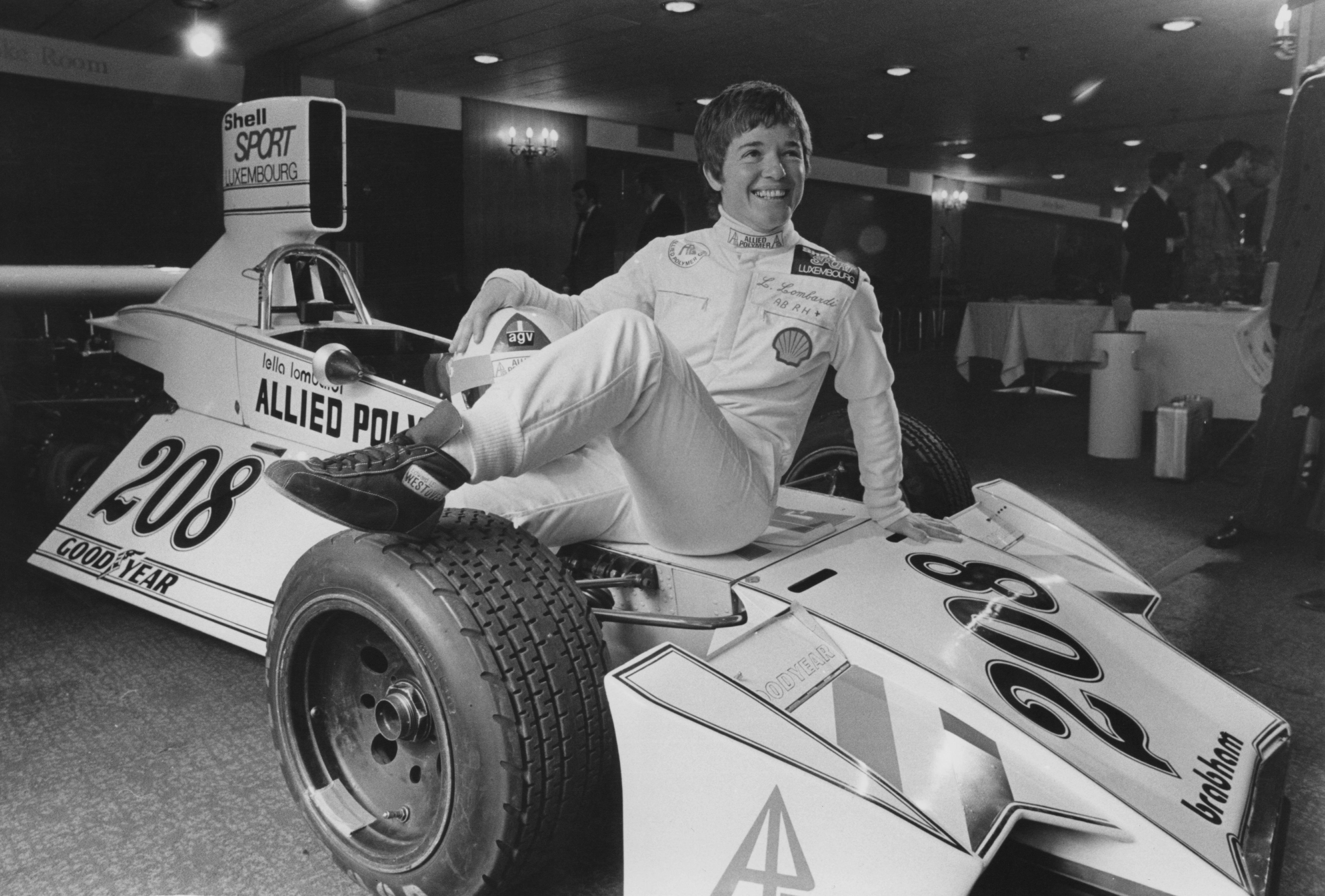
At least that’s the idea. Others think the whole notion is patronising – both the concept of the W Series in the first place, and subsequently teaming it up with Formula 1. More a matter of letting the women pick up the crumbs from under the table where the big boys play. British IndyCar racer Pippa Mann argued before its launch that the W Series is a form of segregation. “I am deeply disappointed to see such a historic step backwards in my lifetime,” she said. German Formula 3 driver Sophia Florsch , who competes against men, added: “I agree with the arguments, but I totally disagree with the solution.” Swiss Simona de Silvestro, one of the few women to start a Formula E race, has suggested the money used to promote the series should instead be spent on backing female talent in existing championships to level the playing field. Bond Muir disagrees. When the W Series was launched in 2019 she said: “There are simply too few women competing. The W Series will unleash the potential of many more and unlock sponsorship and opportunity.”
So did that initial season of 2019 help to change opinions? Helena Hicks, a journalist who runs femalesinmotorsport.com, says that she has shed some of her initial scepticism. “I was intrigued when W Series was announced, but these kind of things have failed in the past, so I had my doubts. Yet that first season was exciting, quality racing. The drivers were accessible and, crucially, talented. It’s not the only way to showcase female drivers, but it is one step along the way.”
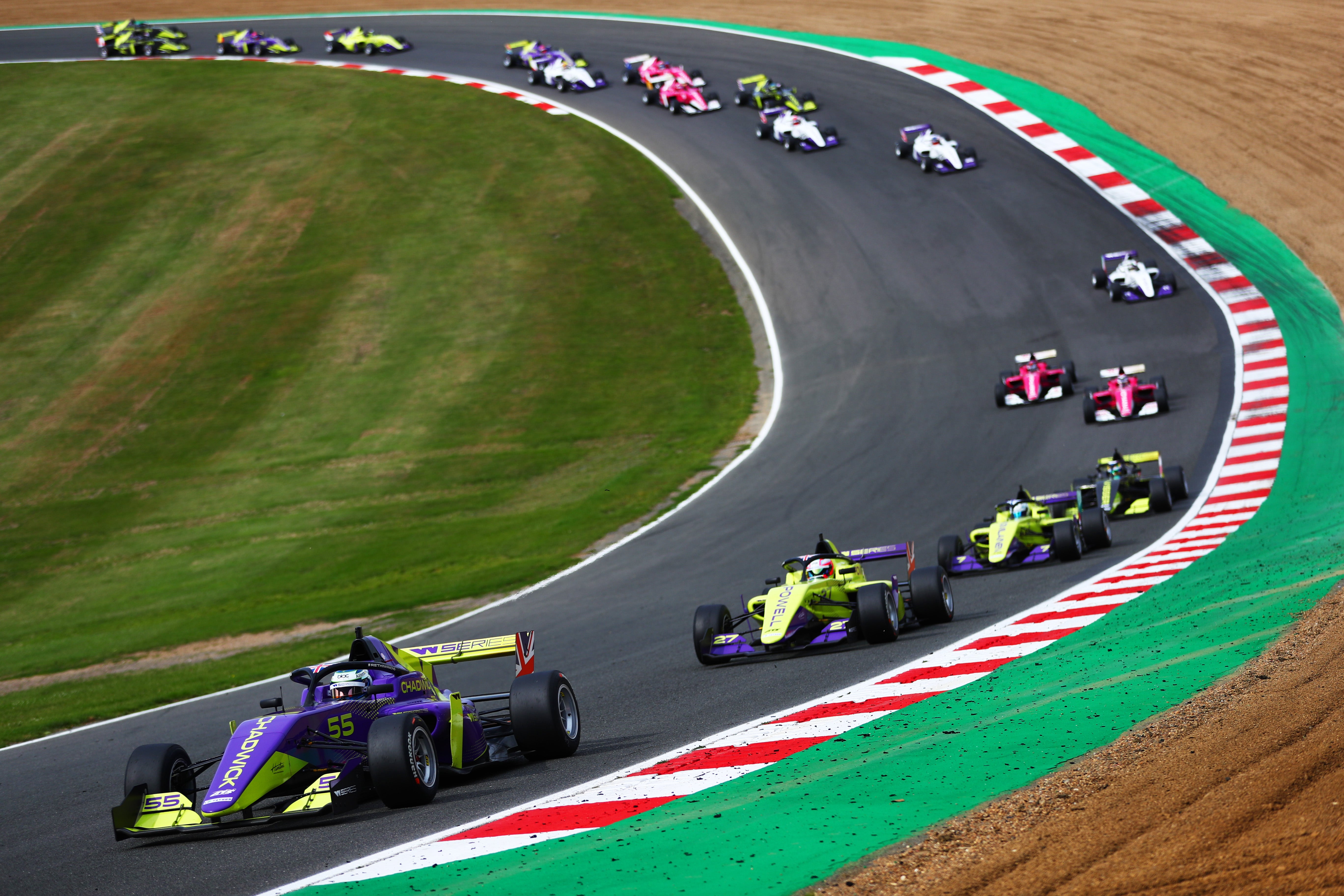
Like so much sport, the 2020 season had to be cancelled, so Briton Jamie Chadwick remains the reigning W Series champion from 2019 and will compete again when this year’s competition kicks off in June as a support race for the French Grand Prix. So it’s probably unfair to point out that neither Chadwick, nor a host of challengers for her title in that first season, including the runner-up from the Netherlands Beitske Visser, Britain’s Alice Powell (the first woman to win a Formula Renault race) and Spain’s impressive Marta García have yet secured drives further up the single-seater motorsport ladder – the raison d’être of the W Series.
Chadwick has, however, been appointed development driver for the Williams Formula 1 team and Visser had a one-off drive in the 2020 Le Mans 24-Hour Race where she finished in the top 10 and as well as returning to W Series will compete in this year’s World Endurance Championship in an all-female team, ironically alongside Florsch. Despite that first season offering little upward mobility the W Series has continued to attract a number of women with great potential including Emma Kimilainen who managed to finish fifth in the inaugural championship despite missing races through injury and promising Russian driver Ira Sidorkova who has driven in Formula 3 in Asia. The Federation Internationale de l’Automobile (FIA), the world governing body of motorsport, also appears to be taking the support role of W Series seriously, awarding super licence points to successful drivers to allow them to compete further up the motorsports ladder if offered the opportunity.
Chadwick, the first woman to win a British Formula 3 Championship event racing against men, unsurprisingly thinks that the important thing is getting women onto the track in the first place. “Right now, on balance, I think it’s necessary,” says the defending champion. “It divides opinions but it’s better than not racing at all isn’t it?” That’s a difficult argument to counteract. The major hurdle over the years has been getting women onto the track and into the spotlight. So is there any alternative?
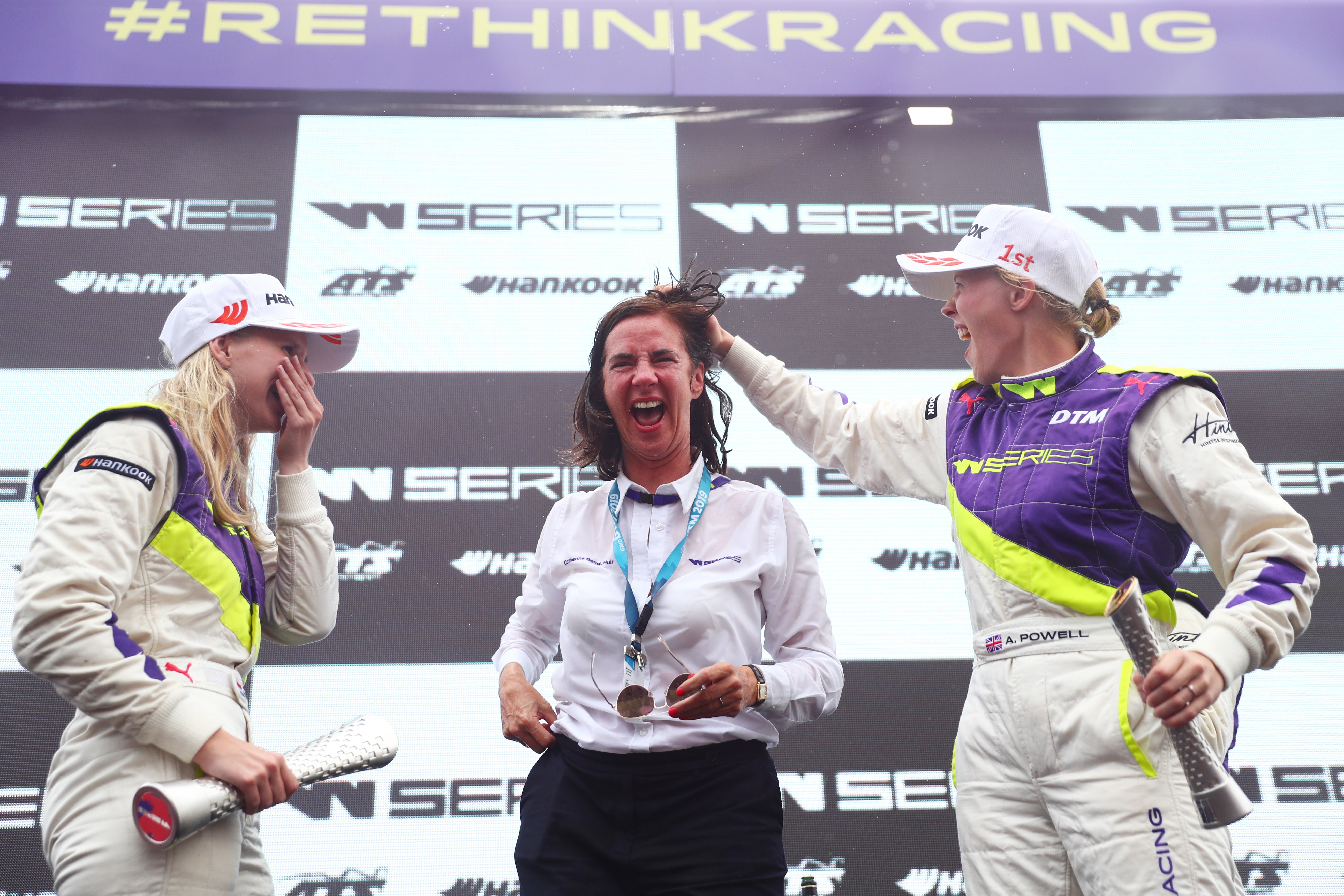
Should the money spent on W Series be directed at getting a smaller cohort of women into competition against their male counterparts, supporting the best drivers for a full season or beyond as de Silvestro suggested? Or should the rules be tweaked to give equality of access? The newly launched Extreme E series sees teams of two competitors – one female, one male – sharing equally the driving duties in a sustainable, electric off-road competition. It also allows younger drivers to be teamed with experienced names such as former Formula 1 World Champion Jenson Button and nine-times World Rally Champion Sebastien Loeb, learning from as well as competing against them. Chadwick is hedging her bets by competing in Extreme E too.
Hicks is also a fan. “Extreme E gets the balance right. The idea of having one male and one female in each team gives both an equal opportunity while still providing those all-important seats for women.”
So maybe the issue is not that women can’t compete when given the opportunity, it’s finding those opportunities in the first place
Or are Florsch and Mann right? Do women need segregated series at all? It’s not as though there hasn’t been female success in motorsport on the rare occasions women have been given a chance to compete on the proverbial level playing field. American Danica Patrick became the first (and so far only) woman to win an IndyCar race in 2008 and came third in the 2009 Indianapolis 500, the world's richest motor race. As long ago as the 1950s, Briton Pat Moss was winning rallies. She was followed by Frenchwoman Michele Mouton who won four world championship rallies in the 1980s, finishing runner-up in the 1982 championship. In 1980 South African Desiré Wilson won a Formula 1 race (a British championship event, not a Grand Prix), the only woman to do so, and in 2018 Flick Haigh became the first woman to take an overall UK title when she clinched the British GT Championship. All, of course, were racing against men.
So maybe the issue is not that women can’t compete when given the opportunity, it’s finding those opportunities in the first place. Mouton, now 69, is currently president of the FIA’s Women In Motorsport Commission. She believes the problem is down to opportunity. “It’s obviously not ability,” she says. “It’s because women are so rarely offered the chance. Once I had the same equipment as the best men, it was down to me. There are many women capable of doing what I did, but they aren’t considered.”
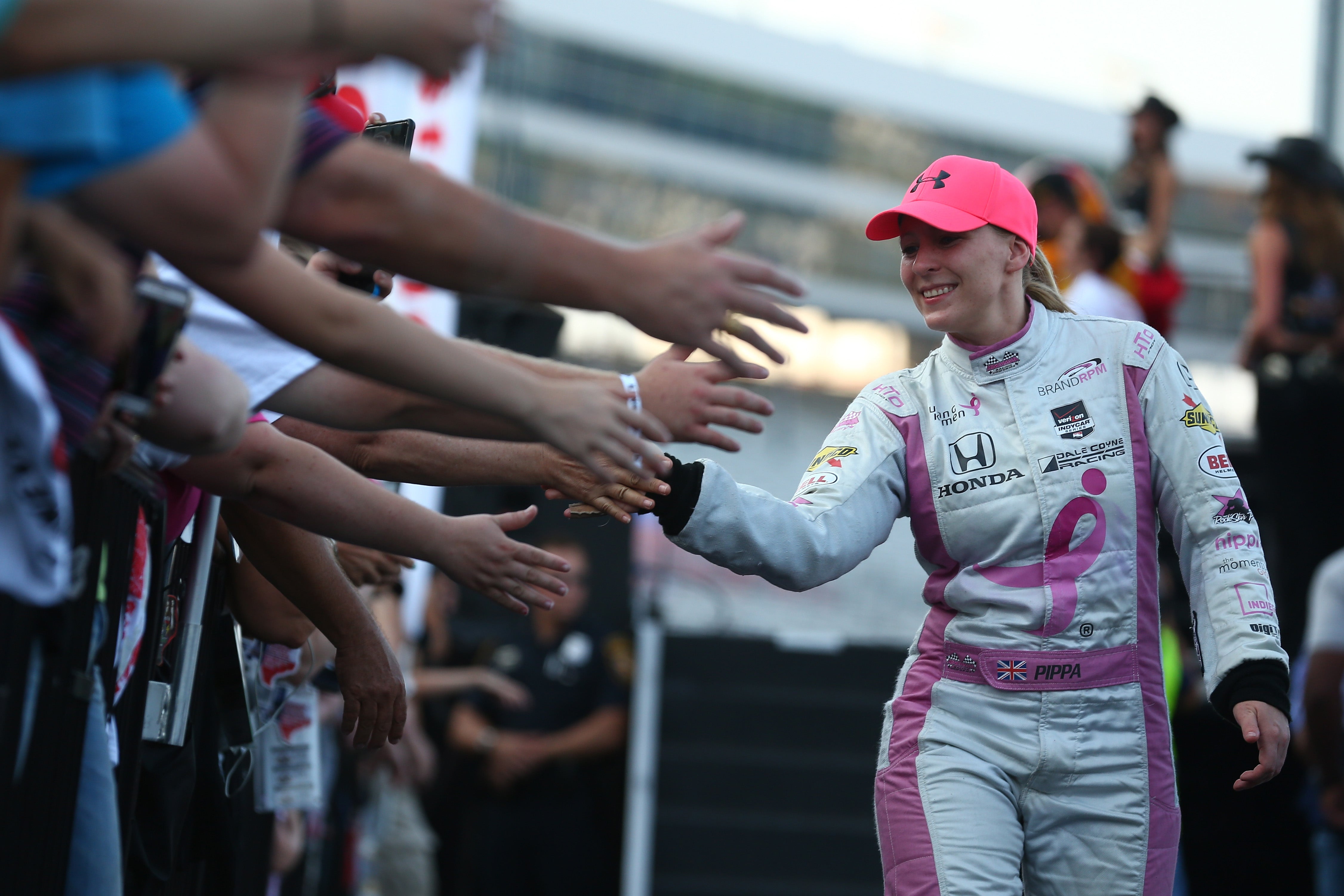
And when the opportunities do come along, they are frequently wrapped in contradiction and hypocrisy. The same obstacles that plague women in society in general are, of course, present in motorsport, arguably exacerbated by its overwhelming male presence on the track, in the pit garages and in management. Unsurprisingly, women driver jokes abound and a promising women will frequently be overlooked in favour of a mediocre male.
This structural prejudice has a long history. The only other woman to start a Formula 1 race other than Lombardi was her compatriot Maria Teresa de Filippis who entered five Grands Prix in the 1950s although not the French Grand Prix where the race director told her “the only helmet women should wear is the hairdryer in the salon”. French racing authorities were especially scathing about female participation, the Automobile Club de France in the early 1970s notably worried about “feminine excitability” while in 1971 the Le Mans 24-Hour organisers received a petition from a less enlightened section of the French population insisting the race was “for men. We don’t want any skirts.” (A strange objection considering, like men, women wear overalls when competing). When Mouton was winning rallies in the 1980s there was a rumour that her car had a different engine to give her an advantage. Perhaps of more concern, it was widely believed. Things have improved since then, but only relatively.
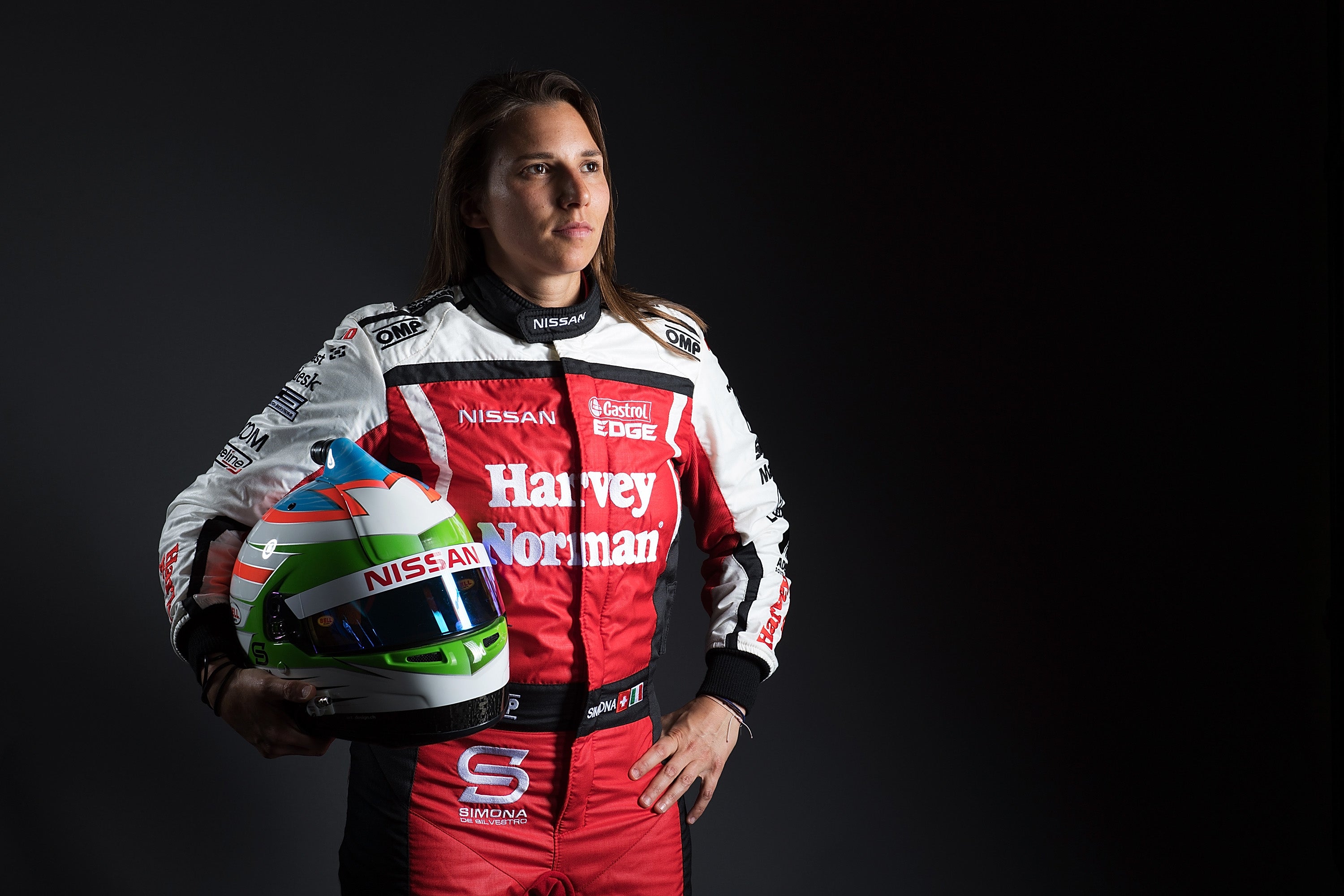
This is ironic because, as Hicks points out: “Motor racing is one of the few sports where men and women can compete together. It's been demonstrated again and again women are fast and bloody good racers but they've not always had the support – de Filippis was good enough to compete against men but if the best are being turned away, what message does that send? It's the whole outmoded idea that women are weaker or should be looking after the home. Of course it’s not just motorsport, women footballers get paid a fraction of what men do, women’s sports rarely get shown on TV and so on. Motorsport also has a reputation of being a billionaire boys club. It should be an equal playing field, but it’s got away with being sexist and elitist for too many years. So what is also needed is education, at an early age. There are too many outmoded stereotypes that lead young girls to think that motorsport, in whatever role, isn’t for them. Hopefully that is now changing.”
As Hicks says, motor racing is one sport in which women can compete equally with men, but equality, feminism and motorsport have triangulated uneasily over the years. The once ubiquitous grid girls in heels and bikinis are now thankfully being consigned to the dustbin of misogyny, but there is still residue. Quite astonishingly eurosport.com illustrated the announcement of the W Series back in 2019 using a photograph of a grid girl rather than a female racing driver. Even the W Series driver selection process was rumoured to have considered factors other than outright speed and ability. Motorsport journalist Rachel Harris-Gardiner said back in 2019 that using any other metric “adds to the perception of female drivers being less skilled”.
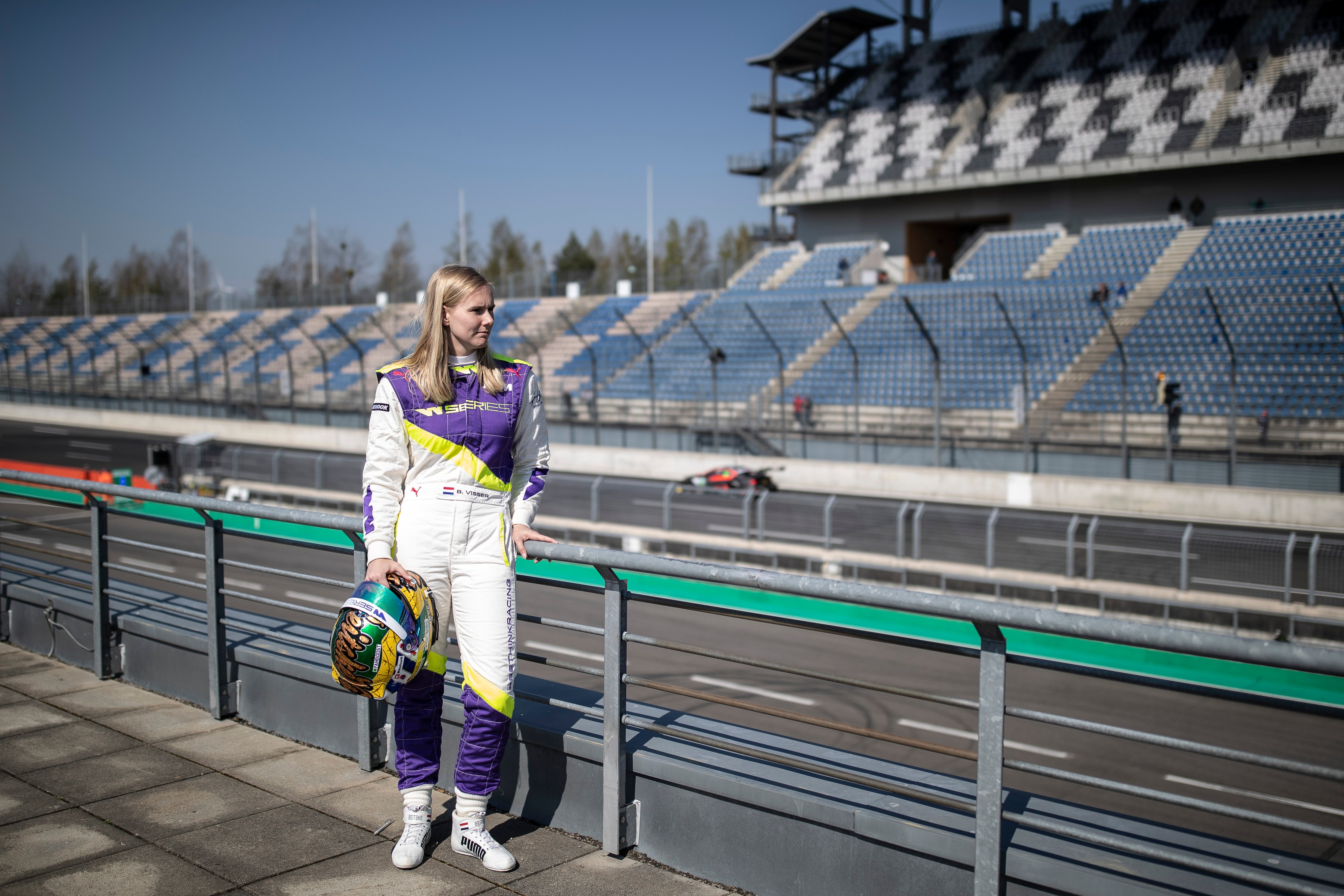
Unfortunately, physical appearance and lifestyle, as it does in all walks of life, has dogged women in motorsport ever since they first attempted to compete. Lombardi was gay and criticised for her “butch” appearance while conversely Mouton was accused of only being chosen by her Audi team because she was good looking and would bring media attention. That was until she started beating the men, at which point she earned herself the backhanded sexist epithet: “devil with the face of an angel”.
Meanwhile Patrick’s off-track modelling career, taking in men’s lifestyle magazine FHM and lingerie chain Victoria’s Secret among others, led to criticism from feminist campaigners and those hoping for a role model for young girls who didn’t necessarily trade on her looks. By contrast, The Guardian described her as “the sports pin-up who grinds harder for feminism than the great Billie Jean King ever could”. Patrick, for her part, said she needed the money to race so why shouldn’t she take it. Motorsport, whatever one’s opinion of such debates, is seemingly a reflection of society, throwing up the same dissension and inconsistencies as the public sphere. And they seem set to follow the W Series into its second season.
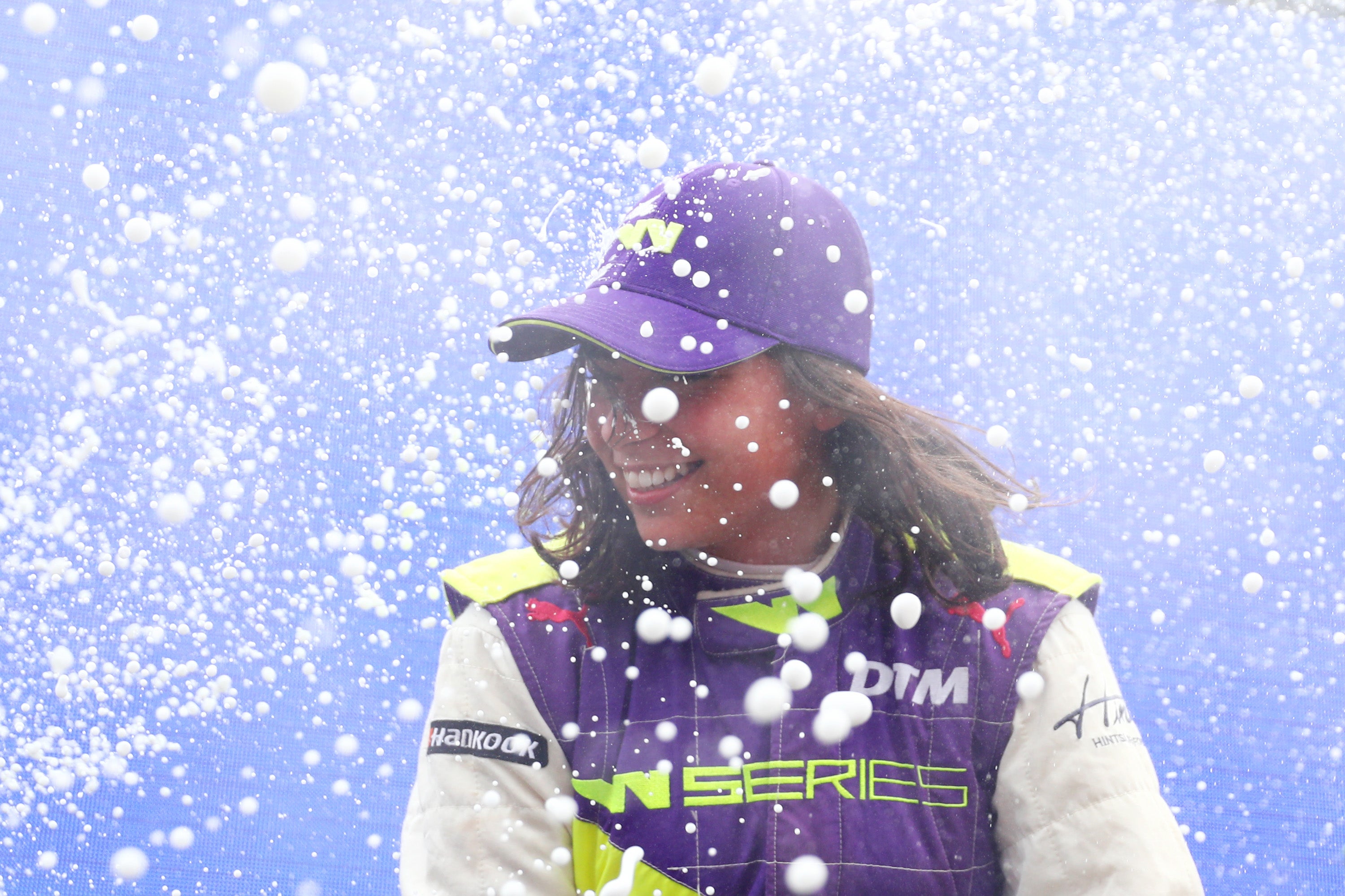
Moreover, as many have argued, women are already succeeding today without the W Series. In the UK Abbi Pulling and Reema Juffali both raced in Formula 4, the fourth rung of single-seater racing, last season. This year Pulling is on the verge of winning her first Formula 4 race while Juffali has progressed to Formula 3. The latter’s career is remarkable. She is the first woman from Saudi Arabia – a nation where women weren’t even allowed to drive until 2018 – to hold a racing licence. Unsurprisingly she has received her fair share of online trolling. This year Jade Edwards will become the first woman to complete a full season in the British Touring Car Championship since 2007 as a result of her strong performances in one-off races last year. And off the track Claire Williams and Monisha Kaltenborn have both been Formula 1 team principals while Susie Wolff – the last woman to take part in a Formula 1 practice session in 2014, although not an actual race – has the same role for the Venturi team in Formula E.
So where does this leave the W Series? Standard bearer for women in motorsport or a condescending sideshow to the main event? Bond Muir is convinced the link-up with Formula 1 is the biggest step so far towards vindication for the series. “Running alongside Formula 1 was always our aim,” she says. “It wouldn’t be on the bill if it wasn’t good enough,” adds Hicks. “Supporting Formula 1 is the ultimate goal for a feeder series. Hopefully when people see it alongside and in comparison to Formula 1 there will be a further change in attitude from the more archaic elements. I think the time to worry will be if, after supporting Formula 1, no women make the step up,” says Hicks.
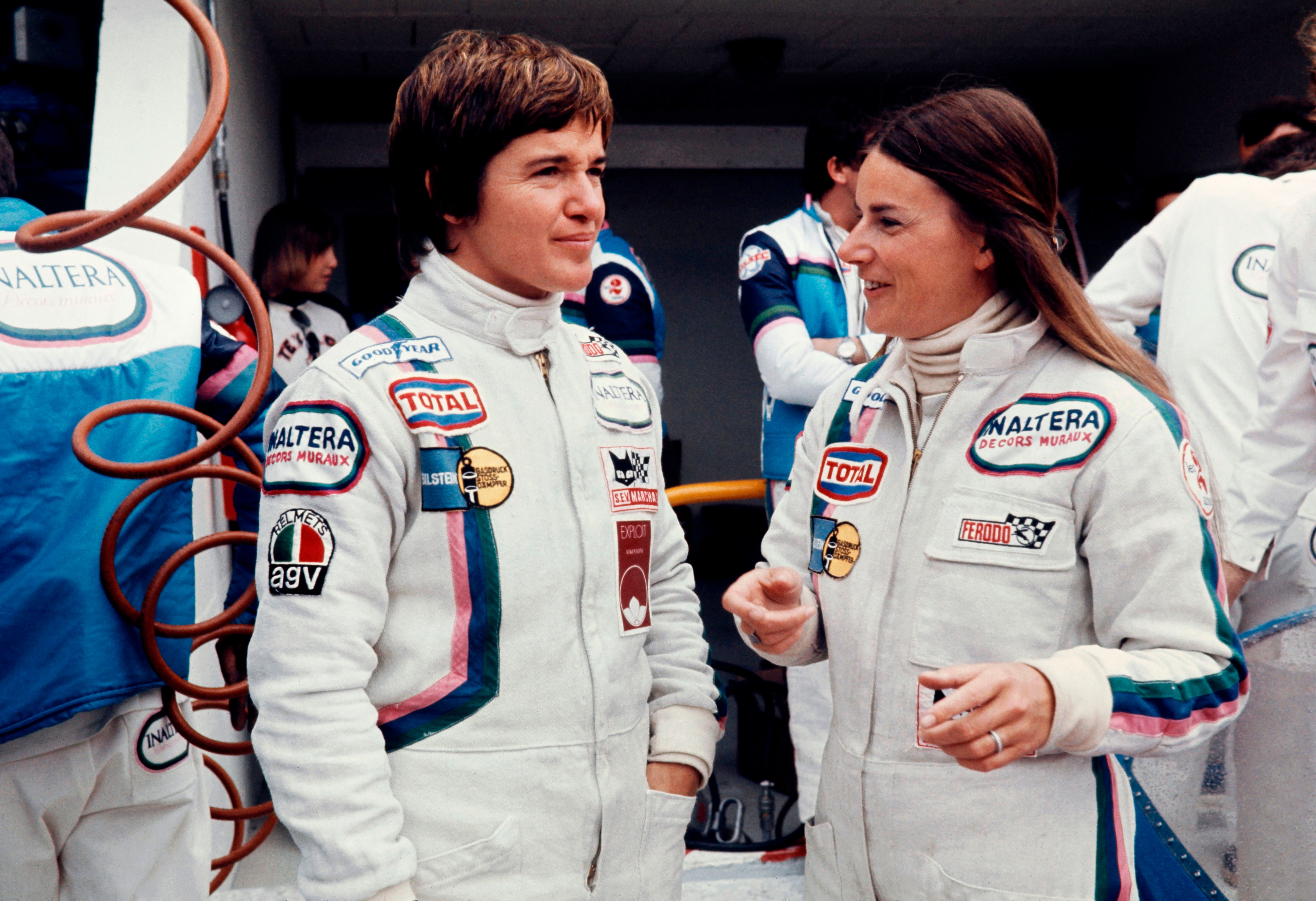
Mouton too is supportive of W Series as her official position likely compels her to be but she does add “at some point women will have to beat the men”. Meanwhile, her FIA women’s commission is only one of a number of initiatives, other than W Series, aimed at getting more women involved in motorsport, not just inside cars but as mechanics, team management and administrators too. The FIA and Motorsport UK have teamed up with Susie Wolff to run “Girls on Track” in the UK, aimed at bringing more girls and young women into the sport. “My own journalism career was kick-started by Girls on Track,” says Hicks. “It gave me role models and people to look up to and I'd never really had that before. I saw women in amazing positions and they had a lot of respect from people in the sport.
“Teams across motorsport are more aware now that things need to be done to improve inclusion and diversity and thanks to initiatives like Girls on Track things are beginning to change. Hopefully in a decade's time, we'll be hearing about how these led to a little girl asking her parents to go karting and she’s now at the front of the Formula 1 grid.” Ella Stevens, a 13-year-old British girl who was a karting champion by the age of 10 is already taking tentative steps towards that goal, after she took part in trials for the Ferrari Formula 1 team’s driver academy last summer.
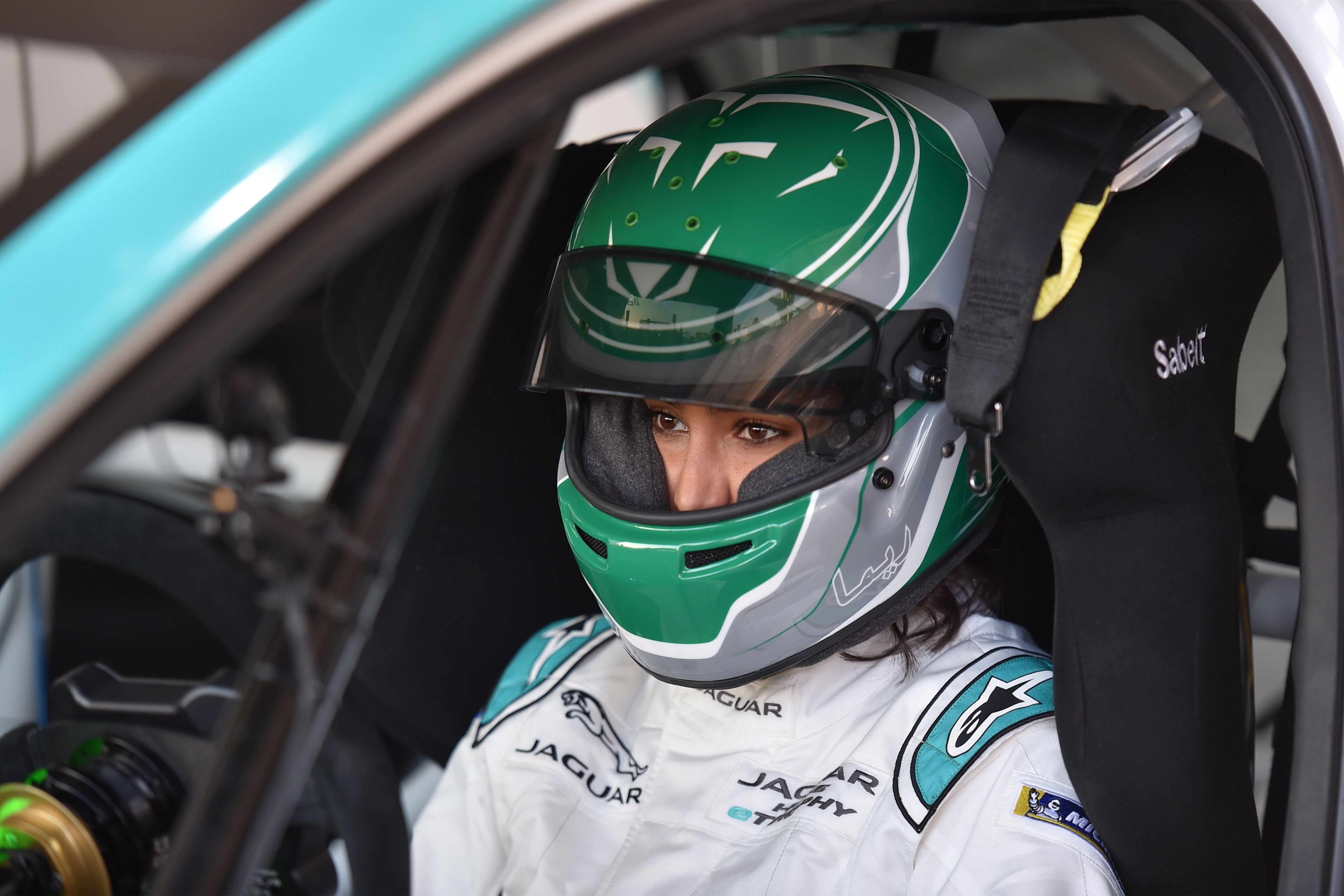
Belgian Christine Beckers who as part of an all-woman team in 1974 won her class at the Le Mans 24-Hour Race – only one woman has done so since – says women need more role models and it matters not whether these come through initiatives such as Girls on Track or the W Series. “In my day women were always been seen as accessories at motorsport – girlfriends or skimpily clad grid girls. But now women have a different image and you would think that for any team or brand promoting women drivers, it would be a huge opportunity. One day a woman will win Le Mans, not just a class as I did, but the overall race. And also become Formula 1 World Champion. There is no reason for it not to happen.”
Read More:
Well indeed. The W Series slogan is “Talent does not have a gender”. An obvious truism, of course. And sometimes perhaps only positive discrimination can allow that talent to flourish. Without the W Series it’s certain that the majority of the women racing in it would struggle to get a drive elsewhere, through no fault of their own. One cannot imagine describing motorsport in the past as ever being “woke” but perhaps it is waking. Just a little. And when it finally realises it can double its participation rate, and therefore its fan base, by embracing both sexes then W Series will have achieved its aims and can sink into obscurity. Until then, maybe it has a very important role to play, right under the noses of the Formula 1 grandees.
Join our commenting forum
Join thought-provoking conversations, follow other Independent readers and see their replies
Comments